A full skin check could save your life
Annual skin checks are vital for picking up the early signs of cancerous melanomas. A full skin check could save your life. Skin Cancer screening, diagnosis, and treatment is available all in one Gold Coast location, and all without the need for a referral.
Did you know that skin cancer can occur on areas of the body that do not see the sun? Annually in Australia, skin cancers account for around 80% of all newly diagnosed cancers. The incidence of skin cancer in Australia is one of the highest in the world, two to three times the rates in Canada, the US and the UK.
The earlier a skin cancer is identified and treated, the better your chance of avoiding surgery or, in the case of a serious melanoma or other skin cancer, potential disfigurement or even death. It is also a good idea to talk to your Doctor about your level of risk and for advice on early detection because if your Doctor asseses you as higher risk you may be required to attend for checks ups more regularly.
It’s advantageous to become familiar with the look of your skin, particularly spots and moles. This way you can more easily pick up any changes that might suggest a skin cancer.
- any crusty, non-healing sores
- small lumps that are red, pale or pearly in colour
- new spots, freckles or any moles changing in colour, thickness or shape over a period of weeks to months.
The most dangerous skin cancer. If untreated, cancer cells spread to other parts of the body. If treated early, 95% are cured. Appears as a new spot, or an existing spot, freckle or mole that changes colour, size or shape. Usually has an irregular or smudgy outline and is more than one colour. Grows over weeks to months, anywhere on the body.

Not as dangerous as melanoma but may spread to other parts of the body if not treated. A thickened red, scaly spot. Later it may bleed easily or ulcerate. Appears on sites most often exposed to the sun. Grows over some months.
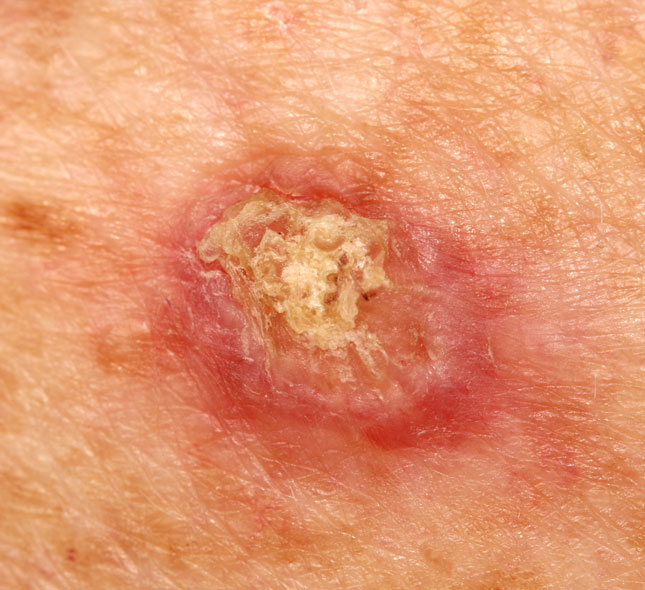
Most common and least dangerous skin cancer. Appears as a lump or scaling area. Red, pale or pearly in colour. As it grows it may become ulcerated like an unhealing sore or one that heals then breaks down again. Grows slowly, usually on the head, neck and upper torso.
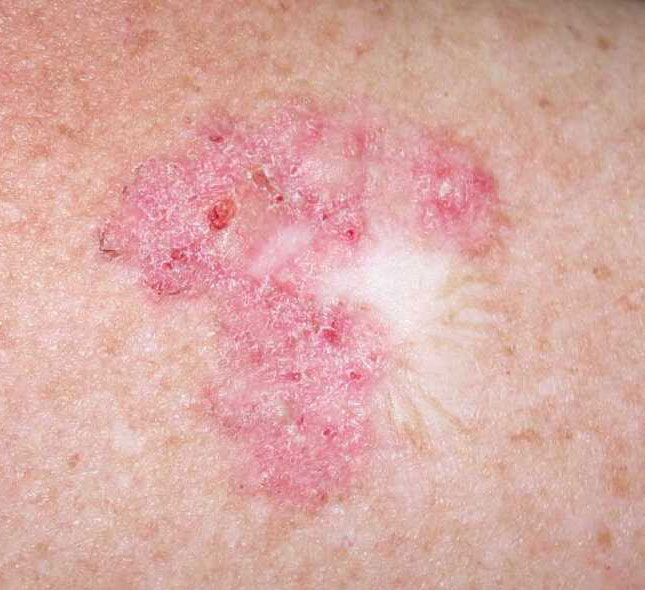
Not skin cancer, but a warning that you may be more prone to melanoma. Often flat, fairly large moles which share some of the features of early melanoma. Characterised by irregular borders and uneven colour with multiple shades of brown and sometimes pink.
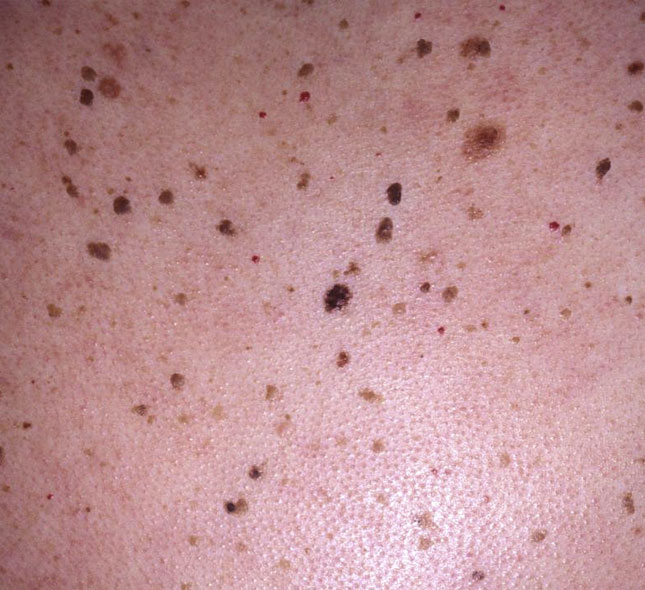
Not a skin cancer but a warning that you are prone to developing skin cancer. Characterised by red, flattish, scaling areas which may sting if scratched. Sunspots appear on sun exposed skin in the over 40 age group.
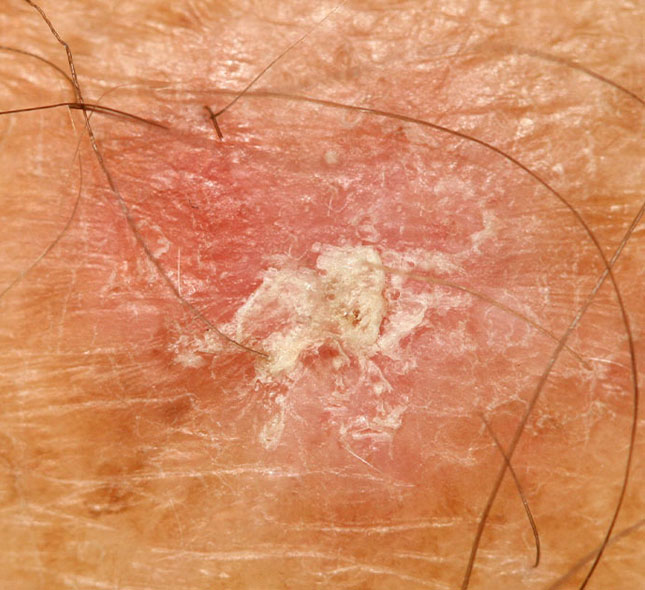
Freckles are harmless coloured spots that range in size from 1 to 10mm. Moles are evenly coloured and may be raised although they do not have to be. Moles have clear, even edges and are usually circular or oval in shape.
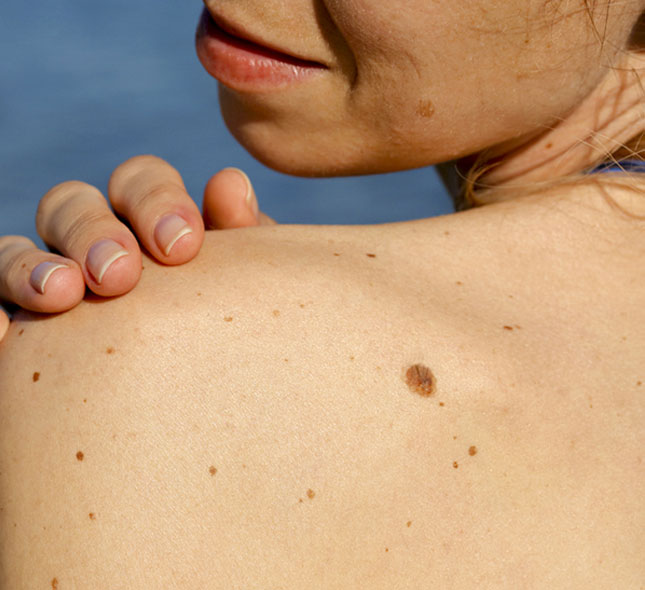
By the age of 60, most people have at least one or two. They have a very discrete edge and frequently sit up on top of the skin. Colour varies from pale skin through orange to black. Size varies from few millimetres to 2cm.
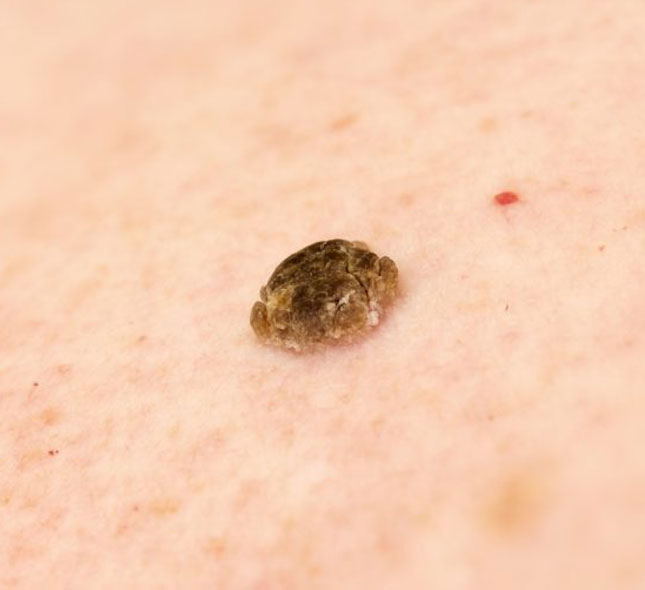
Sun Smart Tips
- Slip, Slop, Slap and wear UV sunglasses, hat and protective clothing
- Organise a personalised skin health plan with your doctor
- Self monitor for any abnormal moles or skin lesions
- Have regular skin check ups with your doctor
- Use medical grade skin repair and protection products
- Ask your doctor about Photodynamic Light Therapy
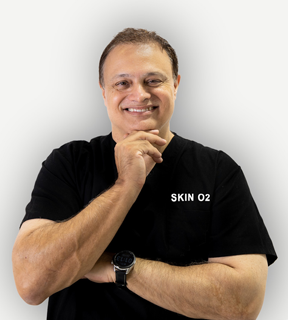
Aaron Atia
About Dr. Atia
With over 30 Years Experience, Dr. Atia is dedicated to quality patient care & surgical excellence.
Dr. Atia is dedicated to the successful treatment of skin cancer in Australia and has extensively trained and mentored other Doctors to specialise in the prevention, diagnosis, treatment, and management of skin cancer and melanoma.
Skin Cancer Consult
Arrange a skin cancer check up today.

